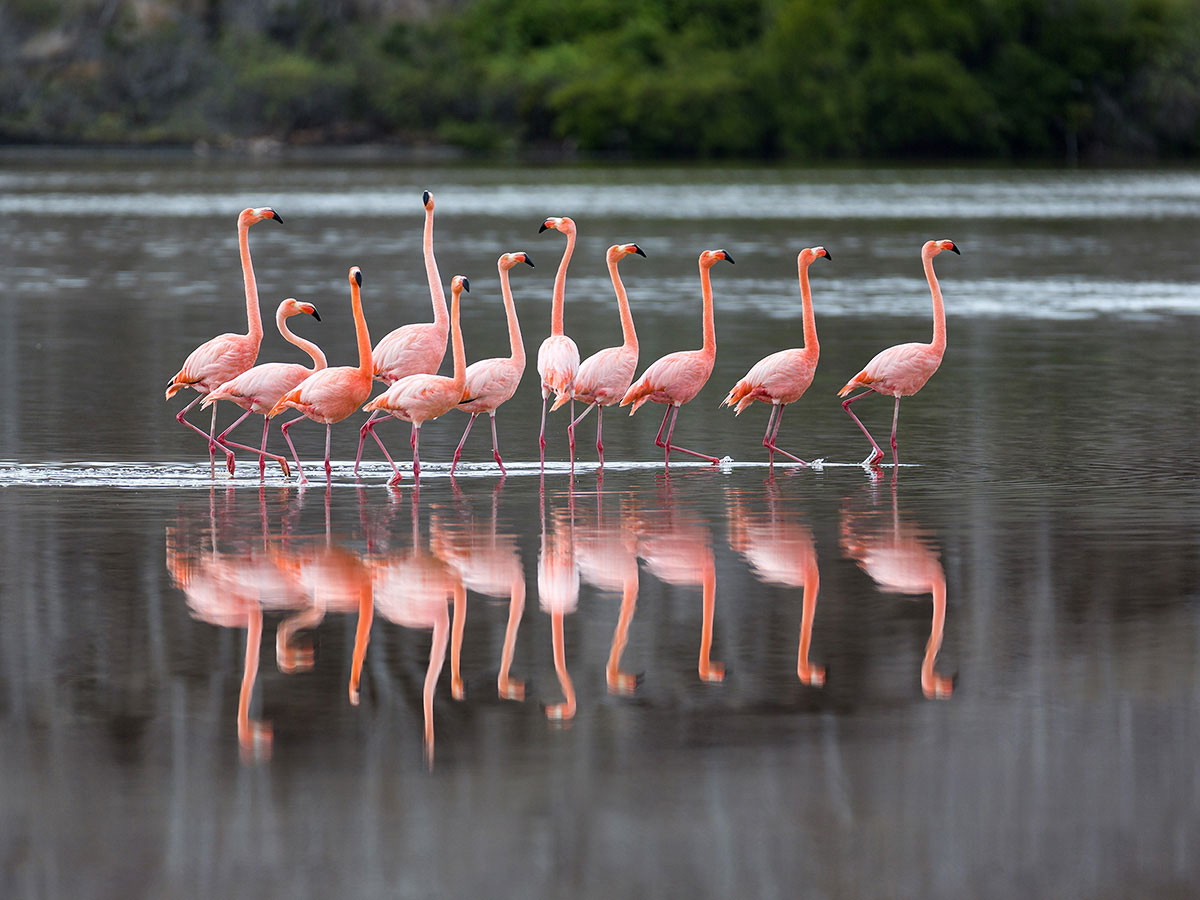
Possible Reflective Surfaces
Almost everything reflects light, but what we’re concerned about here are things that reflect a lot of light. Mirrors are obviously at the top of the list, but water is extremely reflective as well (with still water appearing almost mirror-like under the right conditions). Of course, other surfaces reflect well too, although not necessarily with the same intensity and perfection as a mirror or still water. Moving water, wet surfaces, ice, polished metal, glass, and coated plastic can all be used effectively to create reflections. For this image, still waters create a perfect reflection of a squawking great blue heron.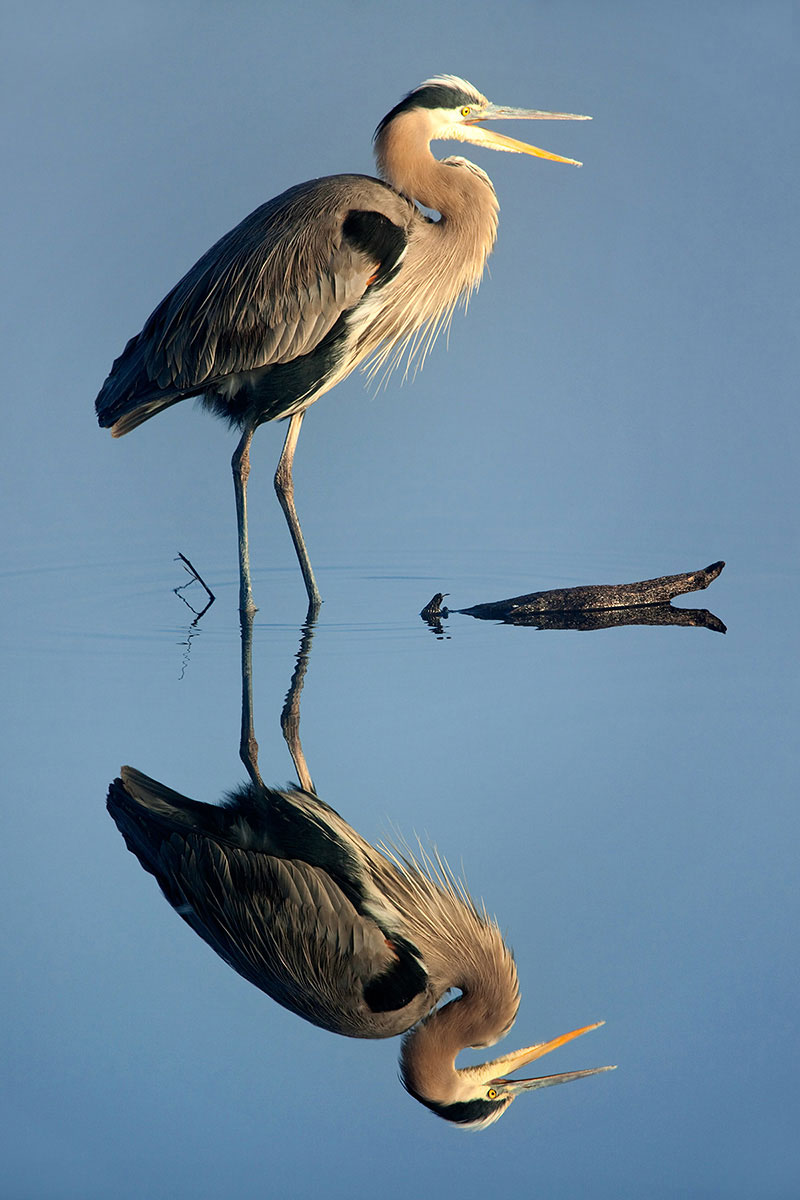
Get Creative with Symmetrical Reflections
Perfect reflections (or near-perfect, at least) are great for creating images that use symmetry. Also, the juxtaposition of a subject and its mirror image can create interesting shapes. For this image, the clouds in the sky alone wouldn’t be all that interesting, but when combined with their reflection, an eye-catching radiating pattern emerges. The pebbles in the foreground help break up the symmetry, adding further visual interest.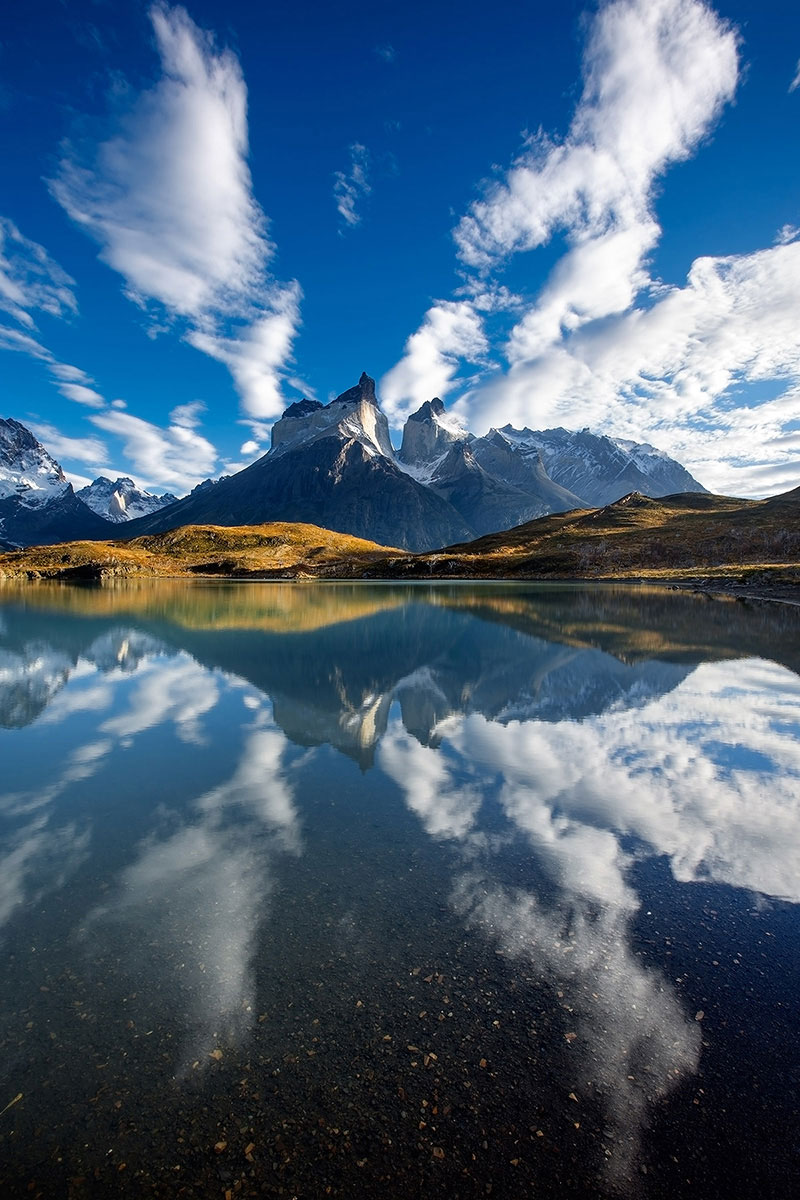
Create a Dash of Impressionism with Blurred Reflections
Imperfect reflections can add an element of abstraction to your photos. Here, I chose a symmetrical composition of the bridge and city skyline, and the reflections in the moving water below. The reflection is rendered as an abstract blur, which adds visual interest to the composition.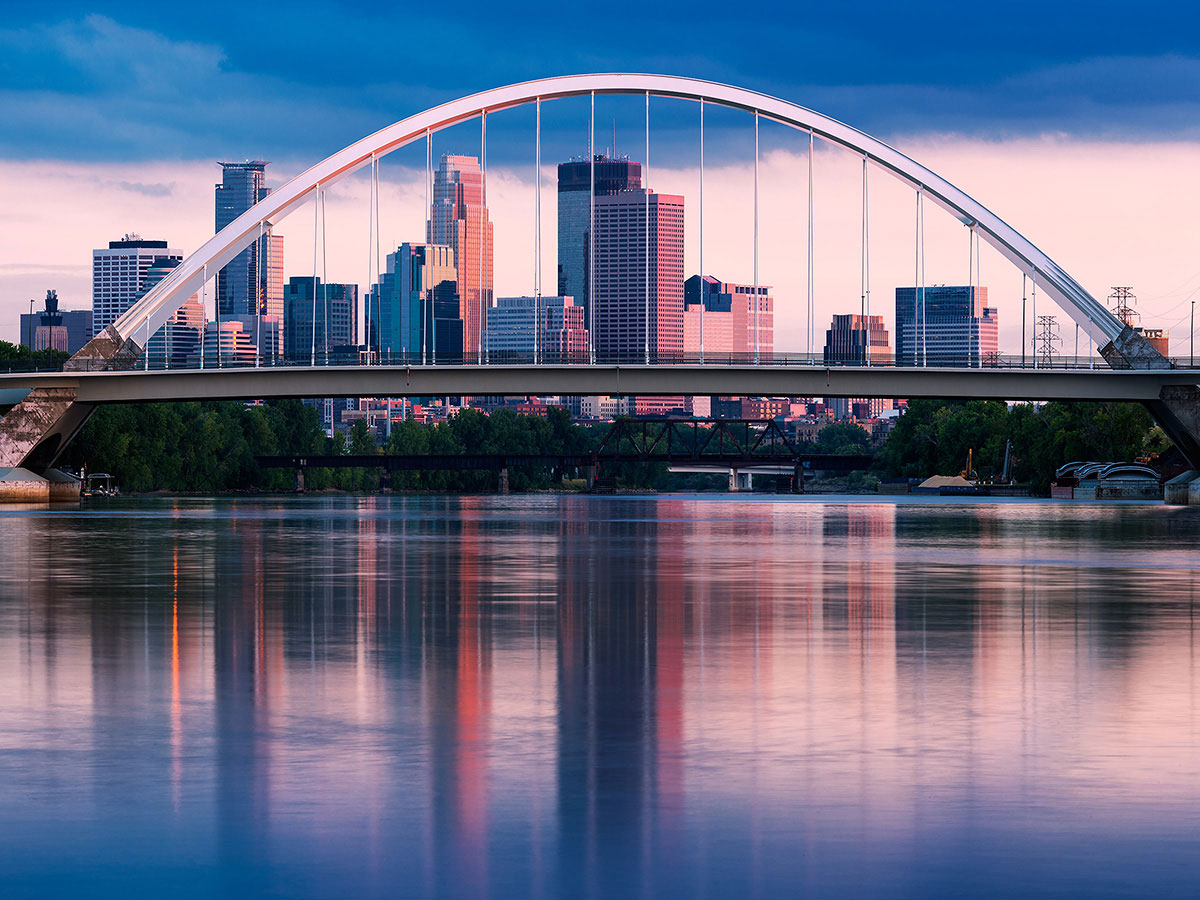
Use a Polarizer Filter to Enhance Reflections
A polarizer filter is your “secret weapon” when photographing reflections. Although a polarizer filter turned to full polarization is designed to remove reflections, some scenes with colorful reflections benefit from creative polarization. For this photo of fall color reflected in a stream, I avoided full polarization, instead spinning the filter until I found a setting that brought out the best colors in this image. This technique won’t work well with all reflection images, but scenes with a lot of water and exposed wet surfaces seem to benefit most.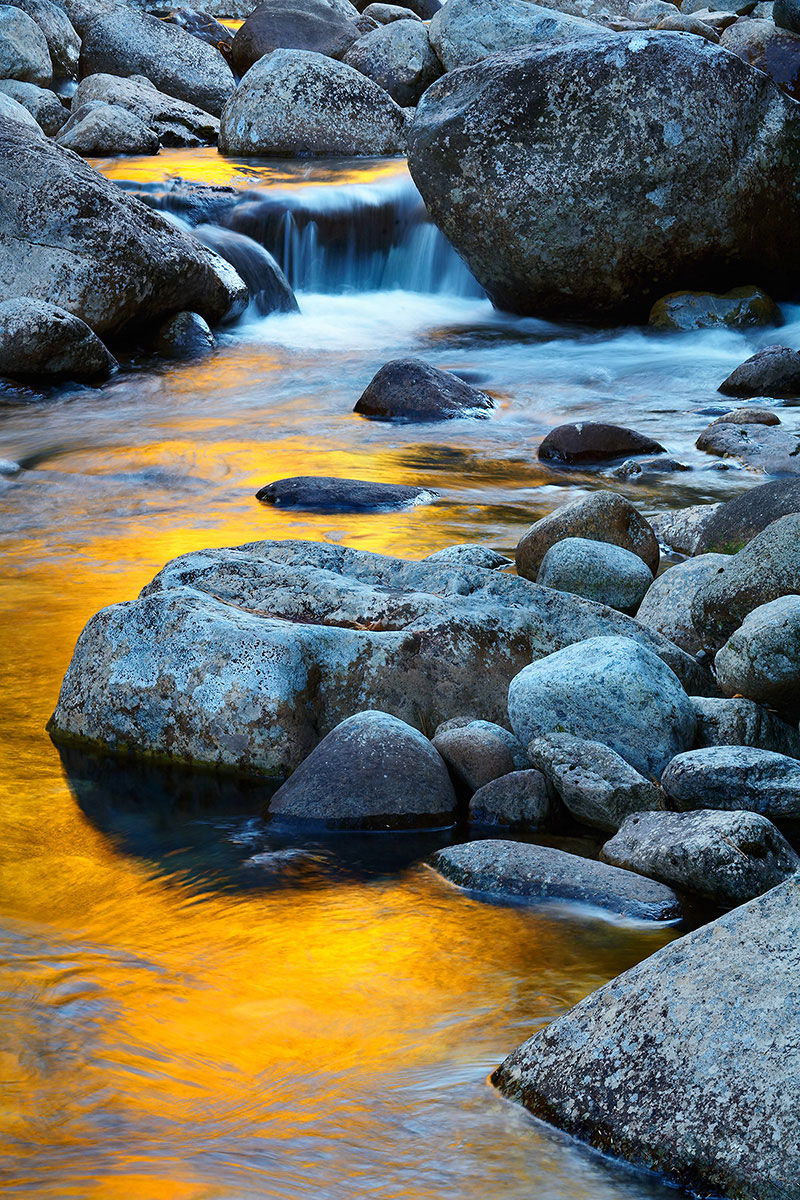
Use Reflections to Create Color Contrast
For this image of autumn color reflected in wind-blurred waters, I zoomed in to create an abstract study of color and shape. The fall foliage was in the sunlight, whereas the marsh grass was lit only by light reflecting from the blue sky above. The juxtaposition of the two opposing colors creates a pleasing, artistic effect.Related Article: Tips for Capturing Breathtaking Fall Photography
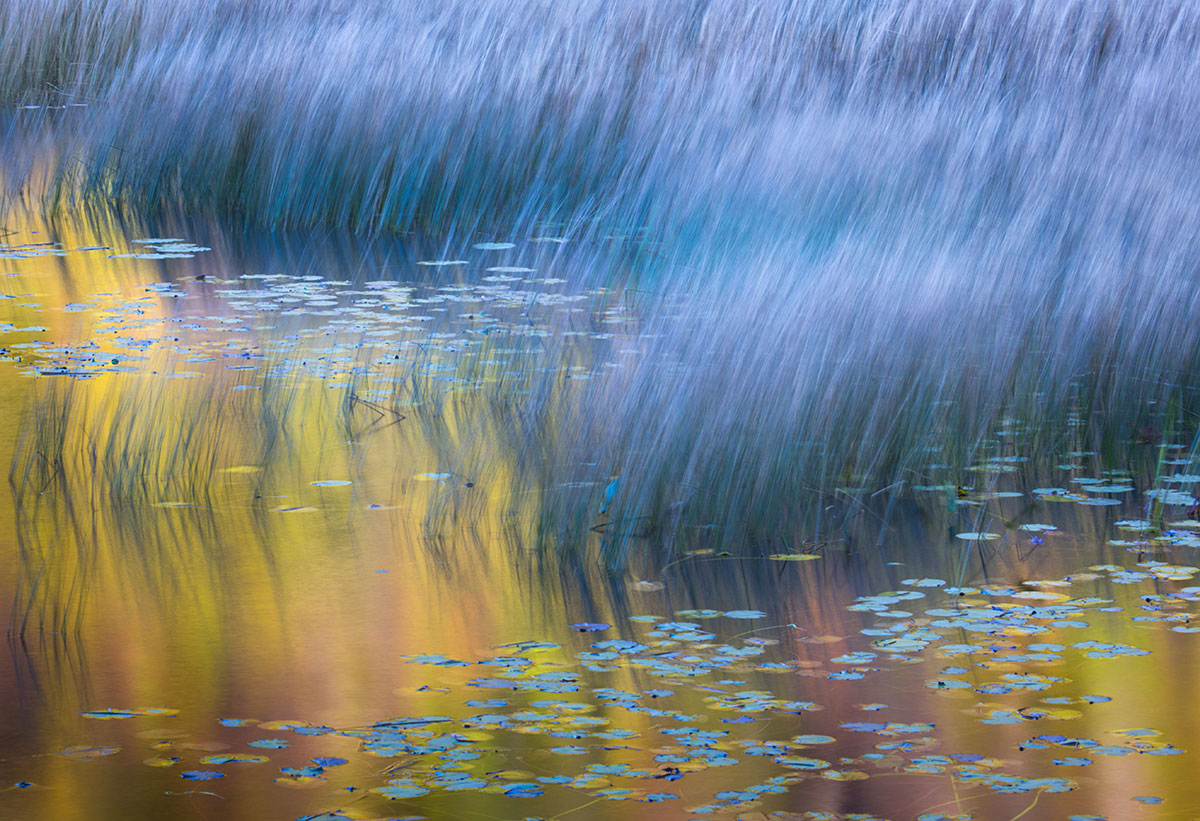
Use Reflections to Accent Your Photos
Reflections don’t always have to be a prominent element of your photos. Here, reflections in fresh rainwater on the city streets help bring color and luminosity to the dark flagstones. Instead of being a significant element of the photo, the reflections instead merely accent the composition.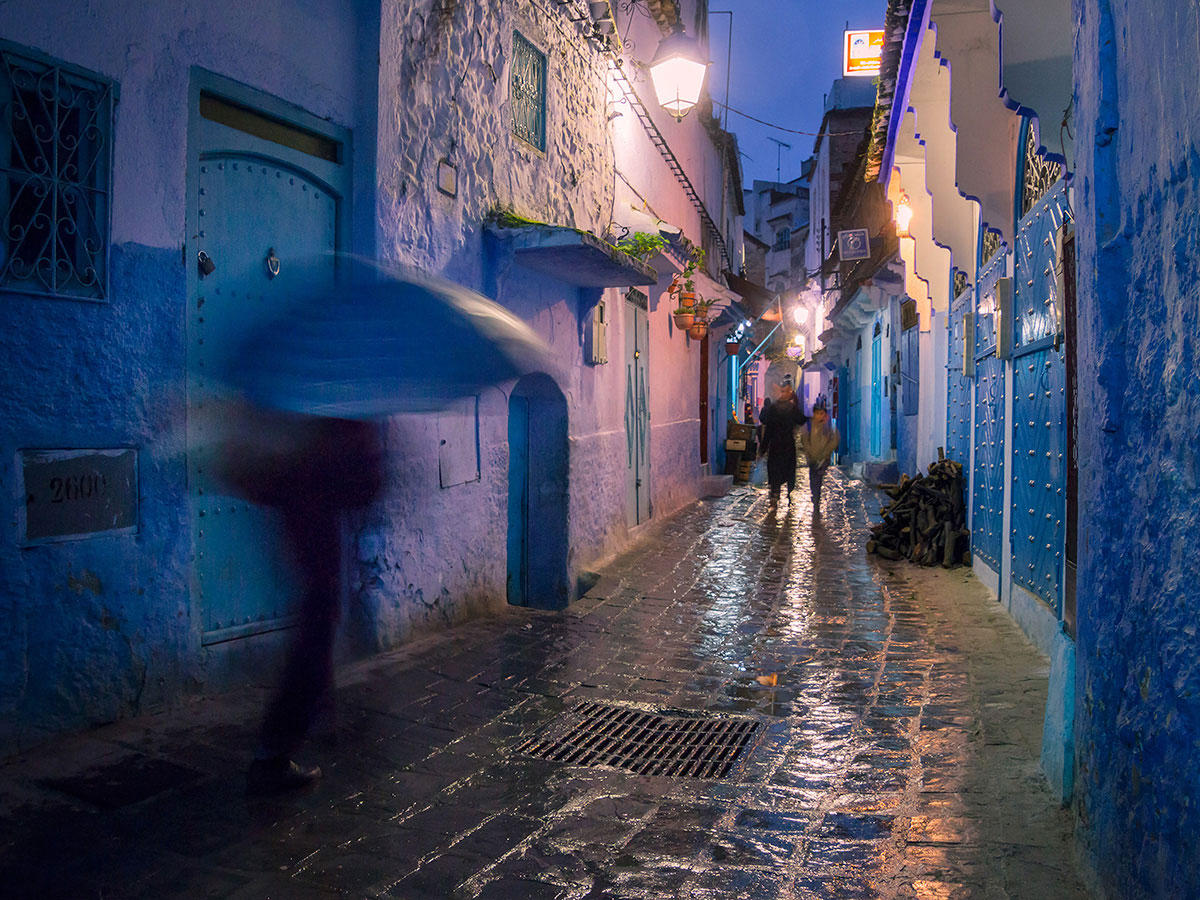
Conclusion
Reflections are a great way to add a dash of mystery and some extra style to your photos. So no matter where you are shooting, always be on the lookout for reflective surfaces, and always be thinking about creative ways to incorporate reflections into your images.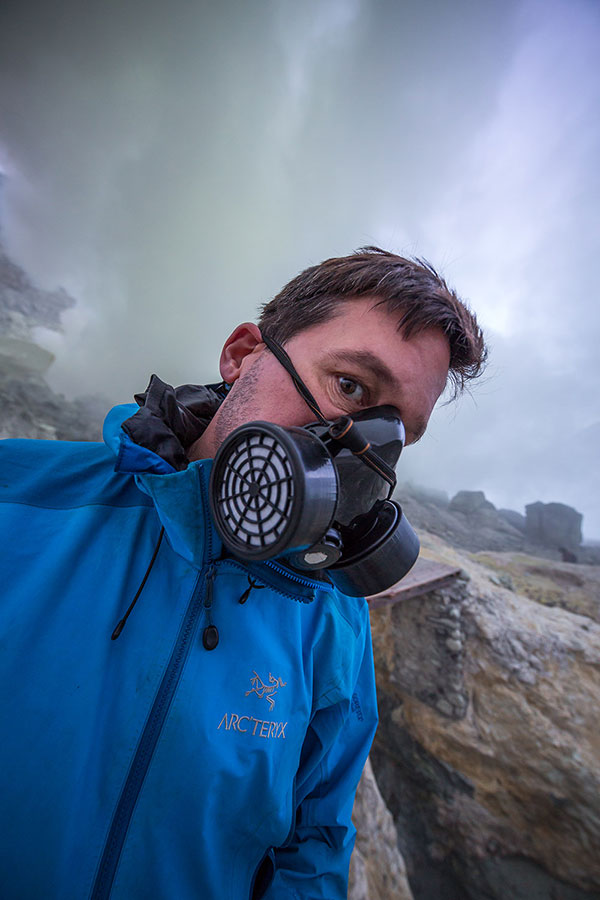
Have something to add to the story? Leave a comment or email editor@outdoorphotographyguide.com.


beautiful photos! thank you for the tips I will definitely use them!
Great reflection photos. Thank you for the tips.
Reflections are so cool, when done meaningfully. I loved reading about each photograph and how you captured it, so well done. Your work is truly inspiring! My favorite is the Create Color Contrast image, stunning! Greatly appreciate you including the camera/lens info.
I love reflective photos. It makes the composition much more interesting. Thanks for the HOW TOO.
Good stuff to learn and always review. Thanks for the information
I am a amature ,but appreciate any learning info on. Photography.thank you